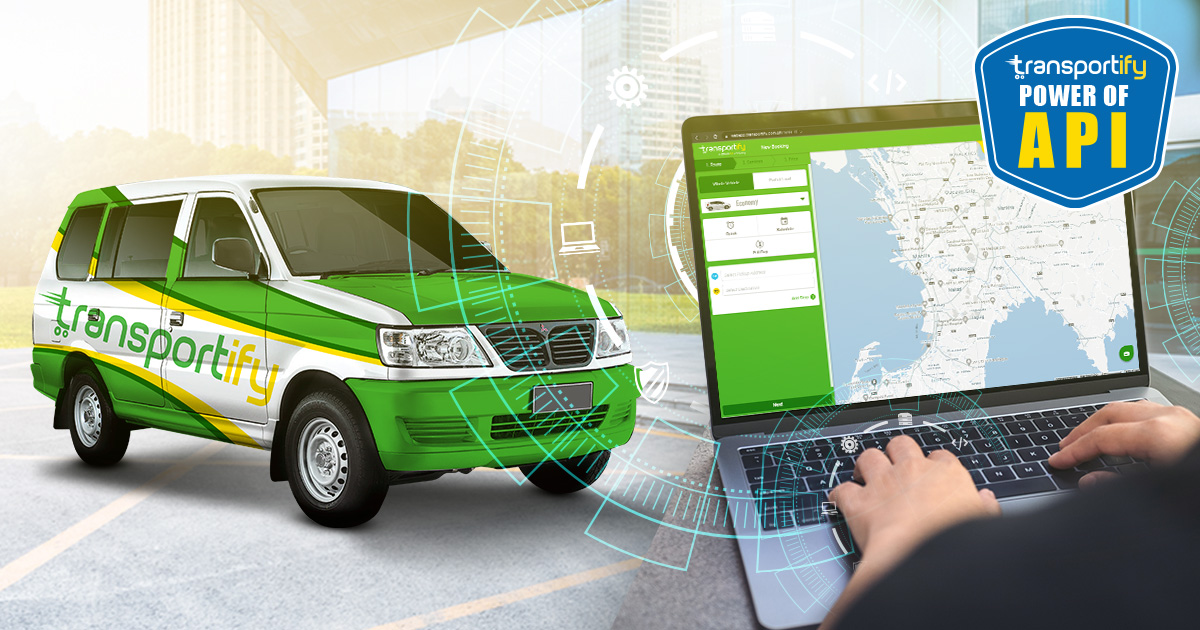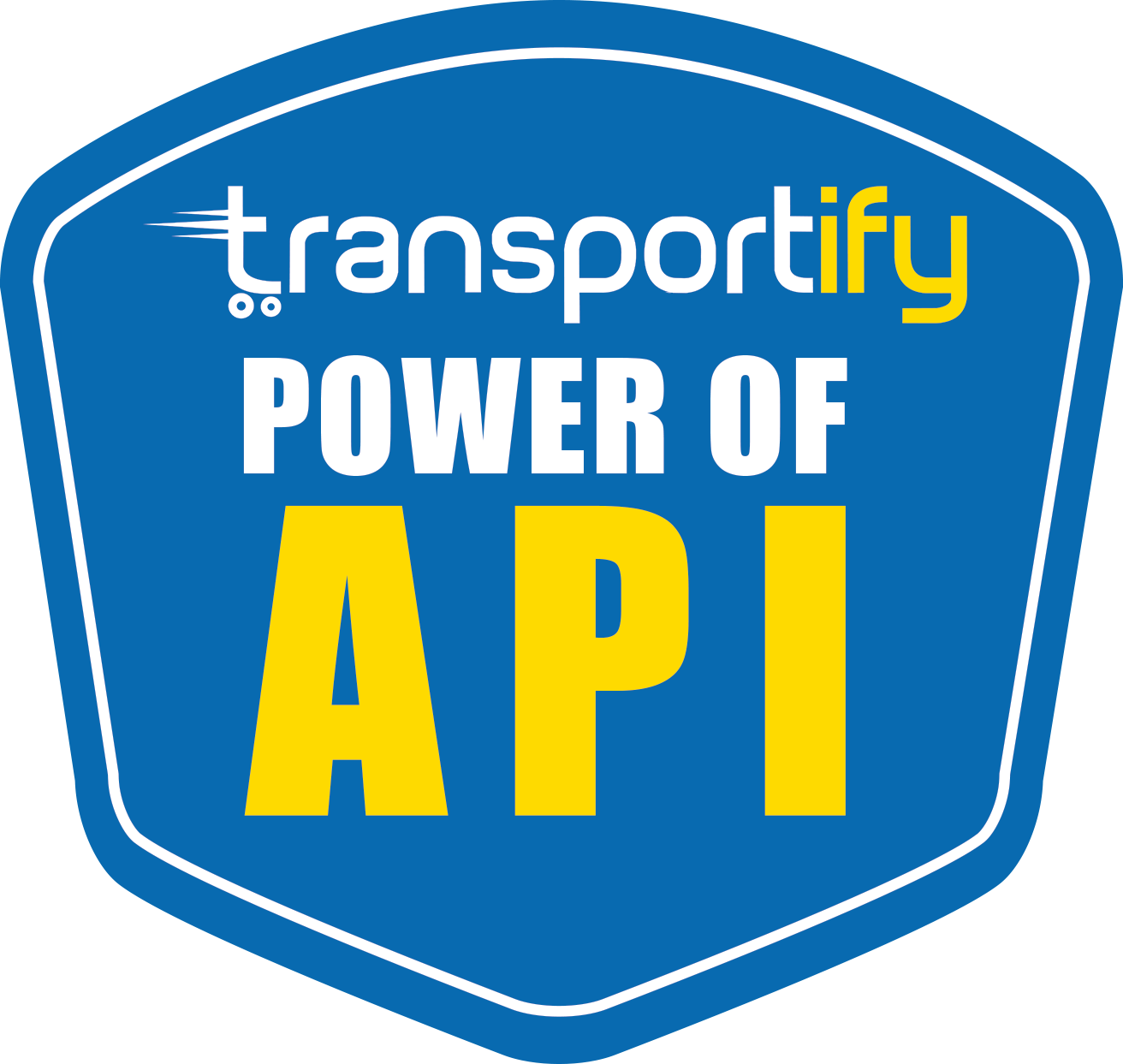
One of the biggest challenges that businesses face when offering online delivery service to customers is the last mile. In fact, last mile delivery is, to this day, one of the most expensive aspects of the supply chain in logistics (comprising 53% of the total cost of shipping). But, what is it about last mile delivery API that creates so much of a challenge? And what can businesses do to overcome these challenges? In this article, we will look at how you can streamline your online delivery service by utilizing API application in the Philippines. Read on to find out more.
What Does API Mean?
First of all, what does API mean? API (application programming interface) refers to a set of functions and procedures that allows the creation of apps that access an operating system’s features and data.
To break it down even further, think of an application programming interface as a software intermediary that allows two different applications to interact with one another.
Here are two examples of APIs to further help you understand their function:
Weather forecasts – Google will use API applications to display the relevant weather data for your search queries.
PayPal payments – PayPal utilizes API applications to allow users to make safe and secure payments online.
API operates in the background and is present in many applications we use every day, including Facebook and Messenger.
But, how can APIs be utilized for your online delivery services and benefit your business? What does it mean for the last mile delivery of your products? Before we get into that, let’s delve a little deeper into the last mile delivery and why it is the most expensive aspect of the supply chain.
The table below summarizes Transportify’s API integration capabilities.
What Is Last Mile Delivery and What Are the Challenges Faced?
Last mile logistics means transporting goods from a distribution hub to the final delivery destination, the customer’s doorstep. The ideal goal for last mile delivery is to successfully deliver packages in good time, as affordably and accurately as possible. Sounds simple enough, right?
Wrong.
As mentioned at the beginning of this article, the last mile of your product’s delivery will typically account for more than 53% of the total cost of the shipping itself, a seemingly unnecessarily high number. Thus, if you cannot properly optimize these processes, the inefficiencies evident throughout the supply chain will lead to huge and unnecessary costs. But what is the last mile problem?
The last mile problem is simply that the final stretch of the product’s journey is the most expensive. But why is it so challenging? And why does it cost so much?
What makes last mile delivery so challenging?
Naturally, a large bulk of orders can be shipped together in a 10-wheeler truck easily enough. However, once a truck is unloaded at the final hub, all of those individual products must be dispersed throughout the area to unique destinations. This can be incredibly expensive. More stops mean more complex routes, idle time, and fuel spent. This requires a larger fleet of vehicles and drivers and, without the proper guidance and routing software in place, can lead to even greater confusion.
Now that we understand last mile delivery better and the challenges posed, what can be done to optimize online delivery service and make it more efficient?
This is where API comes in.
SEE ALSO:
- API Integration | Trucking Company {For Business}
- API Integration for Trucking Logistics [1M Customers Served]
- Logistics Company with System Integration Capability {For Business}
How Transportify Utilizes API To Streamline Last Mile Delivery
In order to better understand this, we will have to explain in greater detail how API integration works.
How API integration works:
API application relies on a set of rules that strictly define how computers and applications speak to one another. Imagine a standard user interface designed for people, only for computers instead. An API serves as the go-between. Another way of imagining it is by picturing a translator sitting between two foreign parties in a negotiation. The translator carries information back and forth between both parties allowing them to interact seamlessly and without confusion. Both parties will have access to all of the information, resulting in fewer miscommunications and thus making it easier for them to come to the most efficient resolution that suits them both. Transportify’s API interface connects the online delivery service customer (user) on our application to the delivery drivers (webserver).
Route optimization is crucial
To explore this deeper, the perfect example of API application, in this case, is the Transportify app’s online delivery service integrating with Google maps, traffic updates, weather forecasts, and other GPS tracking software. As such, the Transportify app for online delivery service provides updates with our drivers in real-time, giving them accurate routing and accounting for any changes in weather and traffic accidents that may otherwise hinder their progress. This ‘software partnership’ allows our drivers to remain ahead of the curve and find the fastest and most efficient routes without being stuck in traffic, resulting in further delays, higher fuel consumption, and frustrated customers.
But, API with Transportify goes even further than that. What does it mean for your business?
API integration with your existing systems
One thing that may be off-putting for you is the idea that you may have to change your existing systems and essentially re-wire the back-end of your business. This is not the case.
With API integration, you can essentially ‘plug in’ to our existing systems with a smooth and seamless transition. This will allow you to utilize the information on your database better and yield more useful, actionable results for the benefit of your customers.
And when you have instant access to a network of existing drivers out on the road, you don’t have to trouble yourself with managing a fleet of your own when fulfilling online deliveries. Instead, whichever drivers are closest to the transportation hub can pick up your products for last mile delivery and disperse them accordingly, with the smartest and most-efficient routes available.
Here’s a closer look at application program interface system integration for your business:
- Get quote
- Create bookings
- Amend bookings
- Manage bookings
- Drive relocation & ETA
- Confirm delivery
It’s a win-win-win for you, your customers, and Transportify. Seamless communication, actionable data utilization, and cost-saving results.
Why Is Last Mile Delivery So Important?
So, why is last mile delivery so important? Is it really that big of a deal to streamline this aspect of the supply chain? What happens if you don’t?
Higher operating costs + lower profit margins
With more failed deliveries and poor route optimization, you’ll end up with significantly higher operating costs. Even just one failed online delivery service can cost your business a great deal, which is why every step of the order fulfillment process must be airtight.
Poor customer experience = little brand loyalty
The fact is, 84% of shoppers are far less likely to shop with a company again if they experience a poor last mile delivery. Additionally, 98.1% of customers say that proper last mile delivery is important for brand loyalty.
As such, if you are serious about maintaining a strong reputation and keeping your customers coming back for more time and time again, you need to optimize your last mile delivery processes as best you can. And that means integration and automation.
Fewer cancellations and returns
If a customer feels that you are taking too long to deliver the goods they have ordered, they are much more likely to cancel the order altogether. There’s even a greater chance that even after eventually receiving the order, that they will return it because they opted for a faster alternative (such as shopping at a brick & mortar store).
You cannot leave room to chance. The last mile aspect of the delivery process is crucial. It’s already expensive enough as it is. So doing everything that you can to streamline this aspect of your business can afford you significant savings and bolster the overall customer experience.
Conclusion
It’s no secret that the digitization of the logistics industry has brought a wide variety of solutions to otherwise nightmarish challenges that many companies have had to accept for many years.
However, with integration and automation, many businesses are flying ahead of their competitors and delivering a superior standard of service to their customers.
Those who have remained rigid in their operations and neglected to embrace digitization are falling behind. It’s time to look forward and make the necessary future steps. Are you ready to integrate, automate, and thrive?
If you’d like to learn more, visit our API application website.
 | or |
Frequently Asked Questions:
Are online delivery services safe?
📲 One of the main reasons that online delivery services are safe is because they have strict safety protocols in place. These protocols include things like background checks for drivers and using GPS tracking to ensure that orders are delivered to the correct address. In addition, online delivery services typically have insurance policies in place in case something goes wrong. This means that if you do experience a problem with your order, you will be able to get compensated for it.
What is the importance of API application in our lives?
📲 API stands for Application Programming Interface. API application is important in our lives because it allows different software to communicate with each other. For example, if you want to use a third party app to share something on your Facebook page, the Facebook API will allow that app to connect to your Facebook account and post whatever you want. Without API applications, we would be limited to using only the software that is provided by the manufacturer. This would make our lives much more difficult because we would be unable to take advantage of all the amazing apps that are available today.




 EXPLORE API
EXPLORE API







 Chat
Chat